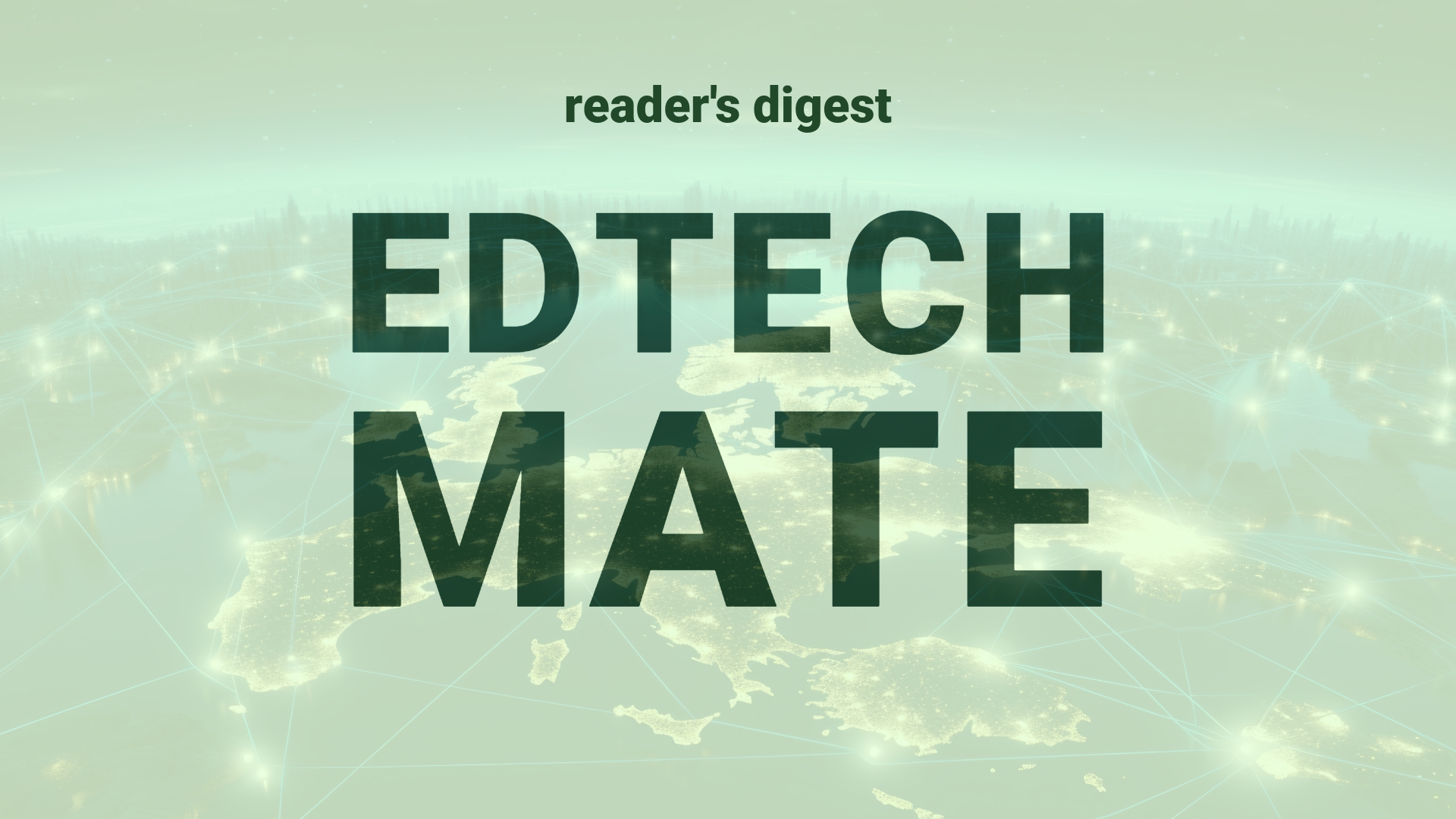Executive Summary and Main Points
In the latest international technology discourse, the ongoing dynamics between the Netherlands and China have highlighted significant concerns and aspirations in the realm of high-tech industries, particularly centered around semiconductor technology. Key innovations in semiconductor manufacturing, with extreme ultraviolet lithography (EUV) machines at the core, are being fiercely guarded due to their dual-use potential. The Chinese President’s stance suggests an unwavering commitment to technological progression and a call for cooperative win-win scenarios, whereas Dutch policies signal a protective stance on sharing sophisticated chip-making technologies. This intertwining of tech innovation and geopolitical strategy is particularly relevant to the international education sector, as it impacts research, the alignment with industry partners, and the incorporation of cutting-edge tech into the curriculum.
Potential Impact in the Education Sector
The regulatory dynamics are poised to reshape partnerships in Further and Higher Education as well as Micro-credentials. Academia’s connection to the semiconductor industry could be subject to increased scrutiny and control. Blocking access to EUV machines may influence the focus of research programs and potential collaborations between universities and high-tech companies. With digitalization at the forefront, institutions might seek new alliances or bolster existing ones to maintain their technological edge and sustain innovation. In the sphere of Micro-credentials, curricula might evolve to respond to the changing technological landscape and ensure that graduates possess the skills relevant to a more compartmentalized tech sector.
Potential Applicability in the Education Sector
AI and digital tool advancements can serve global education systems by fostering alternative platforms for collaboration when direct technology transfer is restricted. Virtual labs and simulations could be developed to allow for the continued instruction and research in semiconductor technology without necessitating access to physical EUV machines. Further, AI can bridge knowledge gaps through tailored educational programs and international virtual classrooms, enabling students from different regions to collaborate and innovate amidst complex global technology control regimes.
Criticism and Potential Shortfalls
The restriction on EUV technology showcases a critical fault line between open academic collaboration and national security concerns. Real-world case studies, like the Huawei debacle and related implications on 5G research in Western universities, highlight the complexities of international partnerships. Ethically, such curbs must navigate the tension between safeguarding intellectual property and the equitable development rights of nations. Culturally, there’s a risk of compromising the open exchange of knowledge that is foundational to academic progress, potentially leading to a bifurcation of technological standards and norms.
Actionable Recommendations
International education leaders should consider developing contingency plans to protect research agendas and investment in tech education in case of embargoes or export bans. Building multi-layered partnerships—that are resilient to political shifts—is essential. Additionally, promoting transparency in research collaborations can mitigate risks associated with technology transfer. Future projects can seek to integrate digital tools to simulate the impacted technologies, thereby circumventing physical limitations while ensuring that education and innovation continue to push boundaries within the regulatory frameworks.
Source article: https://www.cnbc.com/2024/03/28/xi-to-dutch-pm-no-force-can-stop-the-pace-of-chinas-tech-advance.html

